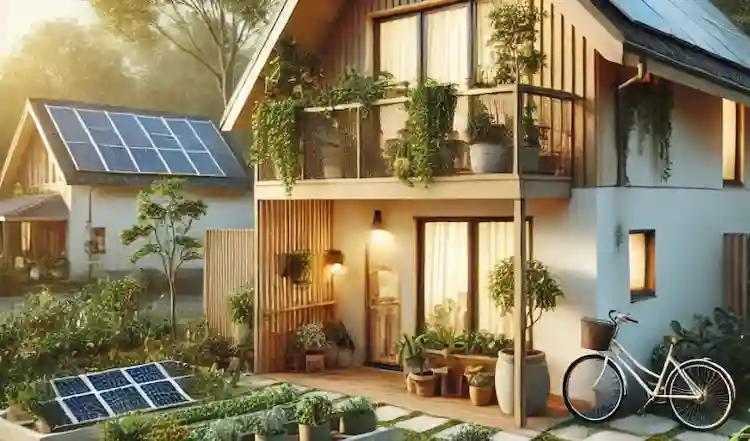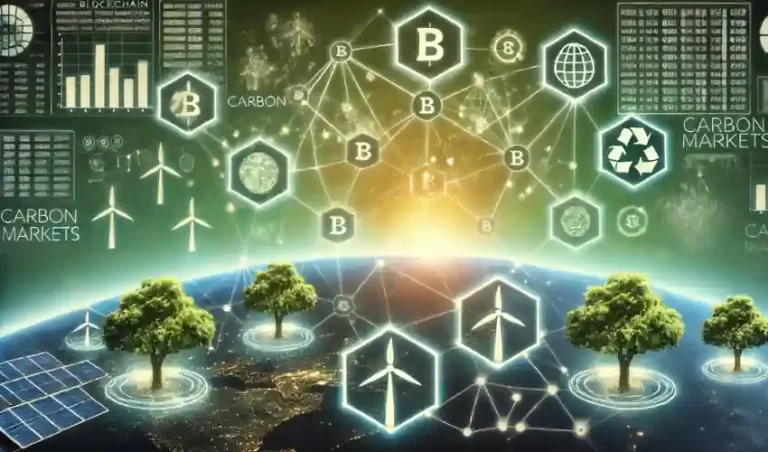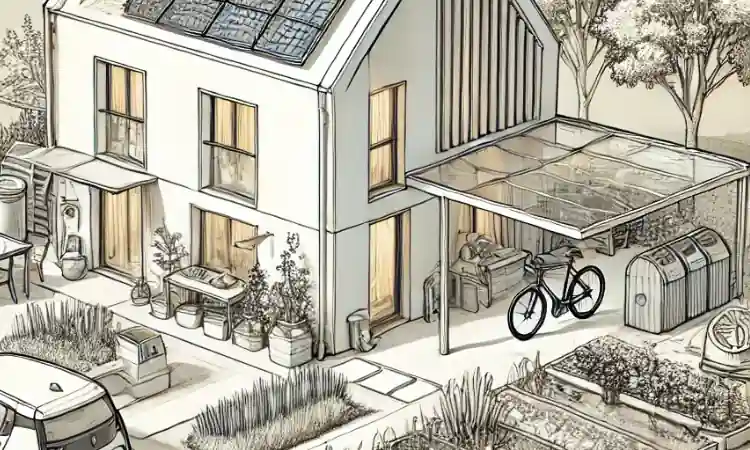Make My Home Sustainable: Practical Guide to Getting Started
We’ve put together a clear, simple and practical guide to support your progress towards a sustainable home.
Creating a Sustainable Home involves a blend of action to achieve carbon neutral energy use, alongside a practical and balanced approach in areas such as resource use, waste and supporting nature. Read on for guidance on the key options and considerations to makes.
Key Takeaways
Energy: The Foundation of a Sustainable Home

Energy use is the key component of a sustainable home. Our daily energy use can lead to significant carbon emissions over time, contributing to global warming and climate change.
However there are a range of actions you can take to reduce this impact, and in many cases achieve a carbon neutral or ‘net zero’ home. We’ve aimed to cover these in a practical way, highlighting those that can not only reduce emissions but also secure you reduced energy bills.
Energy Efficiency Measures

1. Insulation
Walls, Roofs, and Floors:
Proper insulation of these areas will minimise heat loss in winter, as well as heat gain in summer.
Windows, Doors & Air Gaps:
Install double or triple-glazed windows with low-emissivity (low-E) coatings to reduce heat transfer.
Identify and seal gaps around windows, doors, plumbing vents, and electrical outlets. This will help prevent heat loss and draughts.
2. Heating
Heat Pumps:
Gas boilers are inefficient. For each unit of energy you put in, some is lost before it makes it into your home as heat. Heat Pump systems do the opposite. They draw heat directly from the surrounding environment, providing you more energy out as heat, than amount of energy you put in.
They do this using technology that essentially the same as is used by your refrigerator, just working in reverse to pump heat into a contained space. rather that removing it.
Plan to carry out insulation improvements first. Do this and you will achieve the best potential improvements from a switch heat pumps. Learn more about the stage of heating improvements here.
Smart Thermostats:
Smart thermostats, such as Google Nest or Hive, make use of AI to learn your heat use patterns and optimise them. This means they learn to reduce heating when you don’t need it and improve the ‘switch on’ timings for times you do need heat.
3. Lighting
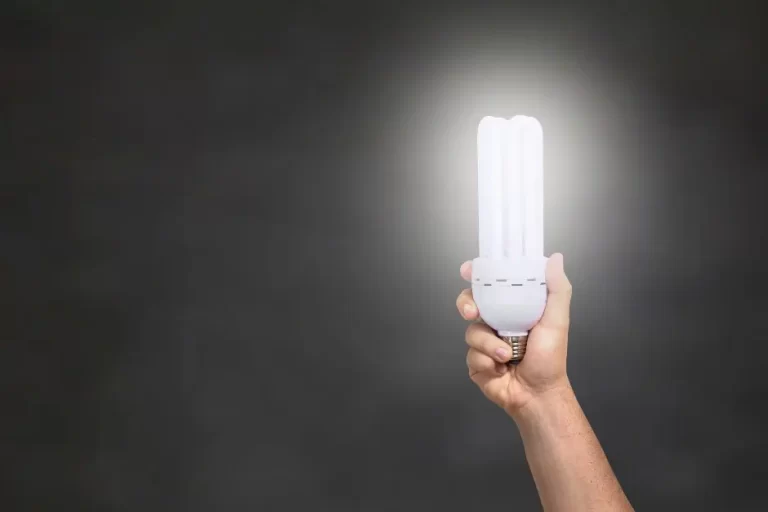
LED Bulbs:
Replace incandescent and fluorescent bulbs with energy-efficient LED lighting. This is cheap to do, cheaper to run, and generally speaking means less hassle changing bulbs as LEDs last much longer than other bulb types.
Maximize Natural Light:
Use strategic window placement and skylights to reduce the need for artificial lighting.
4. Appliances and Electronics
Energy Rated Appliances:
Choose appliances that display high energy efficiency ratings.
Smart Appliances and Controls:
Use power strips and smart plugs to reduce standby power consumption.
Renewable Energy Use
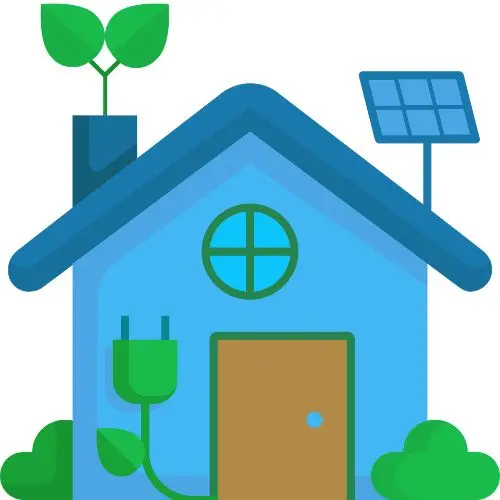
Once you have taken action to deliver any energy efficiency measures that fit with your home, the next step is to consider using renewable energy for the power you need.
Options range from switching to a green energy tariff with your utility provider, through to installing renewable energy systems directly on your home.
1. Solar Photovoltaic (PV) Systems
Solar PV can come in two forms, roof mounted and ground mounted systems:
Roof-Mounted Panels: Install solar panels on the roof to convert sunlight into electricity, ensuring optimal placement for maximum sun exposure.
Ground-Mounted Panels: Consider this option if roof space is limited.
2. Wind Turbines
In windy areas, small scale wind turbines can supplement solar power for homes.
It’s not a common to see these in use as solar tends to be the better option, so sourcing installers may prove tricky. Check first to ensure local planning or zoning regulations permit wind turbine use. Wind conditions must also be suitable.
3. Energy Storage
Consider installing a battery system to store energy. There are 3 main benefits this can have:
4. Purchasing Renewable Energy From The Grid
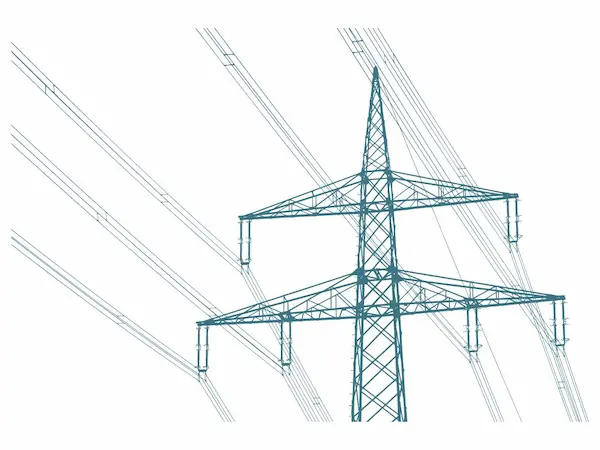
Many households have the option of purchasing electricity from a renewable or ‘green’ tariff. These tariffs match the amount of electricity used with an equivalent amount sourced from renewables, such as solar or wind farms.
Doing so therefore means you’re sourcing fossil-fuel-free electricity, plus you’ll be supporting the green transition of the energy grid.
Check with utility suppliers for your tariff options. When doing so, check they evidence their supply with Renewable Energy Certificates (referred to as RECs, or REGOs). These provide traceability to ensure their energy is renewably sourced.
Generally speaking, you should expect renewable tariffs to cost marginally more. This is to account for the higher cost of sourcing from what is still a developing supply.
Resource Use In A Sustainable Home
Resource use can play a major role in achieving a sustainable home. High consumption and waste of resources, such as water and materials, can ultimately cause significant environmental impact.
But, with some simple changes you can greatly reduce resource use, and with it the impact of your home.
1. Water Management

Water Conservation: Install low-flow fixtures where you can, such as showerheads. taps and toilets. Rainwater collection for use in the garden is also a good option if you’re currently using tap water for irrigation.
Water Heating: Solar water heaters can be used to reduce energy consumption. The option should be balanced against what could be achieved using the same roof space for Solar PV to generate electricity – normally PV is the better option.
2. Sustainable Materials
If your looking for new furniture, or even having some construction work done at home, then there are some features to look out for to improve home sustainability:
Recycled Content: Use materials made from recycled content, like recycled steel, fabric, and reclaimed wood.
Sustainably Sourced Materials: Choose materials from certified sources, such as wood from the Forest Stewardship Council (FSC).
Low or No VOC emissions: Select paints, adhesives, and finishes with low or no volatile organic compounds (VOCs) to improve indoor air quality.
3. Waste

Plan what you need: Planning food, home goods or material use will go a long way to limit waste. We all know that when you don’t plan ahead you can end up buying, and costing yourself, more. The more you have the higher the environmental impact you’ve had.
Reuse: Aim to reuse materials where you can. This could be for other purposes at home, or by handing them over to others who can make use, such as unwanted clothes.
Recycling: For those materials that you cannot reuse, aim to recycle them as best you can, within the limits of recycling facilities available to you.
Additional Measures To Consider

1. Smart Home Technology
Smart technology is opening up new routes to achieve a sustainable home. Below are two examples:
Energy Management: Use systems to monitor and manage energy use, like smart thermostats, energy monitoring devices and smart meters.
Demand Response: Participate in programs that adjust energy consumption during peak periods, saving costs and reducing grid strain. Check with your utility provider to find out if any programs are running in your region.
2. Energy Conscious Habits
Turn Off Devices: A simple one, turn off lights, appliances, and electronics when not in use.
Optimise Thermostat Settings: Adjust settings to save energy, lowering temperatures in winter and raising them in summer when away from home.
Lower Your Digital Carbon Footprint: Actions including efficient media storage and device selection all add up. Check out our Tips to Reduce Your Digital Carbon Footprint for further support.
3. Sustainable Gardening

If you have a garden space, then consider your impact here. It can be a valuable opportunity to support nature!
Great actions to take include composting your garden waste to support regeneration of soils, growing some of your own food and avoiding use of artificial pesticides. You could also consider pursuing rewilding to turn your garden into a wildlife haven!
Check out our post on Sustainable Gardening for more great tips to make the garden a key part of your sustainable home.
Financial Considerations Of A Sustainable Home

Taking sustainable action isn’t always the most cost effective route, or even a feasible route. We recommend you consider the below before making changes:
1. The Cost of Taking Action
Upfront Costs vs. Long-Term Savings: Compare the initial investment of measures with long-term savings and any increased value you gain. For example, renewable systems can be costly, but for many offer reduced energy costs in the long term.
2. Incentives and Rebates
Government Grants & Funds: Apply for incentives, rebates, and tax credits where available. A quick search on Google for your country / region will often lead you to any incentive that may be available to you. Examples can include support for home insulation and renewables.
Utility Programs: Utility companies sometimes offer incentives for energy-efficient appliances, home energy audits or even new heating systems. These can make expensive options viable enough to pursue.

Is It Practical For You?
Some measures, although better for the environment, are just not practical for everyone. Energy measures can be too costly, and changes to resource use not necessarily right for family needs.
Most actions work out to be the better long term option for most people, but know its not for everyone.
Improve your home sustainability one step at a time. Take up the measures that work for you now, and plan for others to come in the future when the time is right.
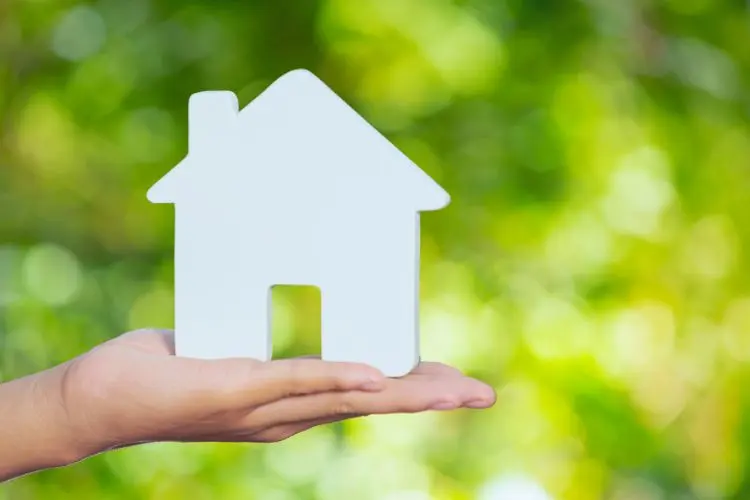
Sustainable Home: Benefiting You & The Environment
Creating a sustainable home involves integrating energy efficiency, renewable energy, resource management and behavioural changes. New options like smart technology are also increasingly playing a role.
Initial investment will be needed for some measures, but the long-term benefit of lower energy bills, reduced carbon footprint, and increased home value, mean this investment can often delivery solid returns.
By following these steps, you can play your part in limiting our environmental impact and contributing to a more sustainable future.
We’d love to hear your own home sustainability tips as well! Let us know what you recommend in the comments section below.
Looking beyond your home, then check out our 10 Practical Actions to Reduce Your Personal Carbon Footprint. Plus, why not consider how you can make a difference at work? Check out our Starter Guide to Net Zero Business here.

